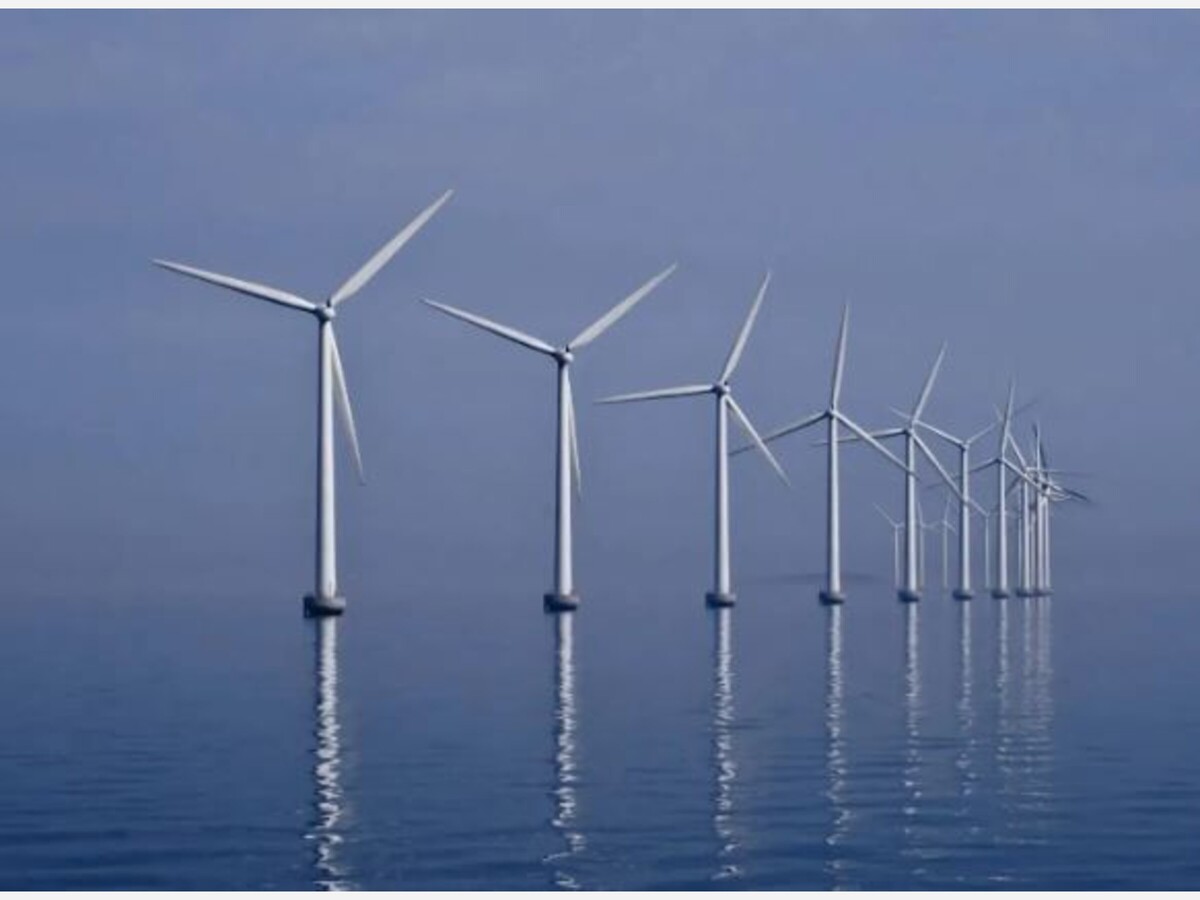Image

by Bruce Mohl, CommonWealth Beacon
September 17, 2024
WHEN SHE ANNOUNCED a massive procurement of offshore wind earlier this month, Gov. Maura Healey promised the purchase would create a stronger economy, bolster economic development, and, “importantly, lower electricity costs for our residents and our businesses.”
The last part of that promise – about lowering electricity costs – seems like a very tall order.
Healey hasn’t released any pricing information on the three offshore wind projects yet – that will come after the state’s utilities negotiate final contracts with the wind farm developers – but most analysts expect the price of the power will be on par with recent offshore wind deals along the Atlantic coast. Those negotiations yielded prices about twice as high as the rate previously negotiated with Vineyard Wind 1, the wind farm currently under construction off the coast of Massachusetts.
So if the price is going to double, how will electricity costs go down?
Healey administration officials say their yardstick for evaluating offshore wind projects is not that they drive prices down, but that they are cost effective. Cost effectiveness is determined by comparing the cost and benefit of the project to a modeled future without the projects in service.
That analysis includes many other variables unrelated to price, including the requirement under state law to lower greenhouse gas emissions. Given that mandate, offshore wind becomes a financially attractive alternative compared to other more expensive forms of clean energy generation.
Healey also believes Massachusetts will benefit in the long run by procuring a large amount of offshore wind power now because offshore wind developers, with their own side deals with utilities, will be able to bid their electricity into the regional wholesale market at lower prices, which should depress prices in the overall market. Going big now also helps build a supply chain for offshore wind that over time is expected to lower the cost of offshore wind farms and keep prices stable.
The Union of Concerned Scientists says another advantage of offshore wind farms is that they tend to produce more power during the winter months, when the electric grid is most vulnerable to high prices and possible blackouts caused by a shortage of natural gas for both heating and electricity production.
“Massachusetts needs clean, reliable energy to power our homes and economy,” said Lauren Diggin, a spokeswoman for the state Department of Energy Resources, in a statement. “These new offshore wind projects are the best way to purchase affordable clean energy and will deliver lower electricity prices in the long term. The benefits of these projects are vast. Acting on offshore wind now ensures Massachusetts locks in jobs and economic growth and maintains our lead.”
A study commissioned earlier this year by Avangrid, one of the winners in the recent offshore wind procurement, attempted to analyze the pricing impact of wind farm projects with prices of 14, 16, and 18 cents a kilowatt hour – all well above the 8.9 cent price of Vineyard Wind 1.
The research indicated the average monthly bill over the life of a 20-year contract would go down a penny at an electricity price of 14 cents, up $1.13 at a price of 16 cents, and up $2.26 at a price of 18 cents.That sounds promising, but the analysis relies on forecasts of the future that have to take into account many, many variables. Looking back at prices over the last decade, it’s hard to see how offshore wind prices of 14, 16, and 18 cents a kilowatt hour can keep electricity bills from going up. According to data from the regional power grid operator, the average wholesale cost of electricity in New England between 2014 and 2023 ranged from a low of 5.9 cents a kilowatt hour in 2016 to a high of 13 cents in 2022.
This article first appeared on CommonWealth Beacon and is republished here under a Creative Commons license.
